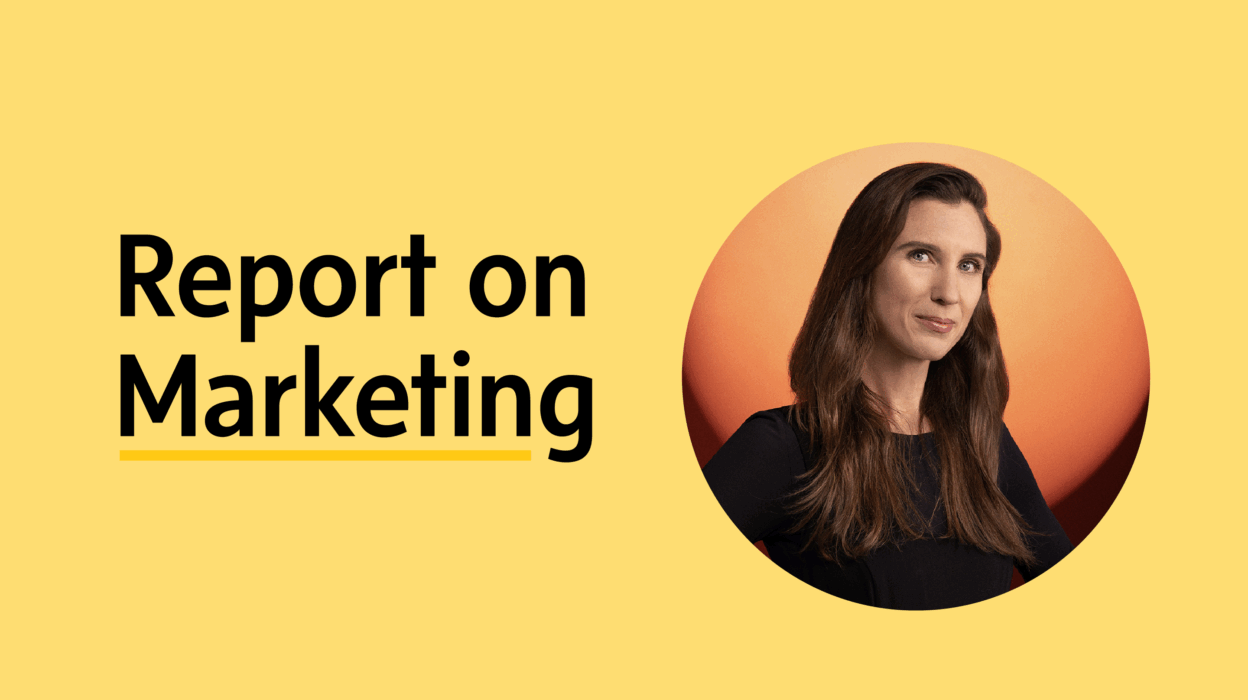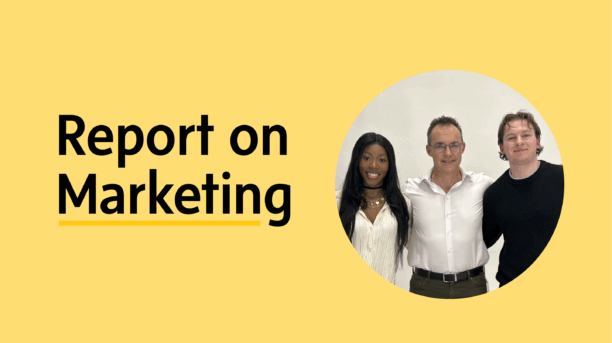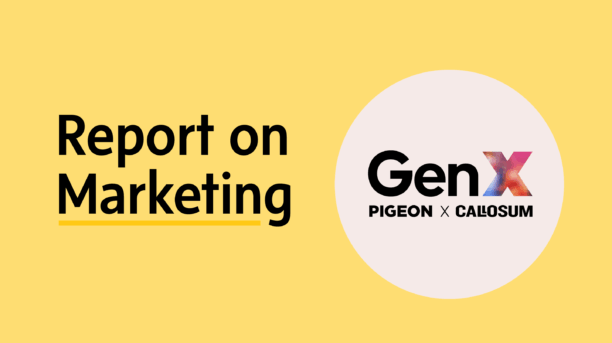Leah Lanza, Chief Production Officer of Publicis Groupe’s production agency ThePub, makes the case for AI as a growth partner in advertising production.
Once, production was the quiet engine under the hood of advertising, turning big creative ideas into the content that fills our screens, feeds, and stories. Today, by harnessing artificial intelligence, it has the potential to become the turbocharged rocket helping brands take off.
That’s because AI is no longer just a tool for speed or efficiency, but a creative and strategic growth engine redefining what’s possible when human expertise and technology work in harmony.
AI is transforming how brands create. Not simply by making production faster, but by helping them to build smarter, more scalable systems that move in step with their business.
The challenge for every marketer today is clear: the demand to do more with less is colliding with the consumer’s demand for more personalization, more relevance, and more connection.
For example, 71% of consumers now expect companies to deliver personalized interactions, and 75% are frustrated when it doesn’t happen, according to McKinsey.
Meanwhile, 96% of people are more likely to purchase when brands send personalized messages, and 90% actually want more personalization than they’re getting, says a study from AI analytics business Attentive.
AI has emerged as the most powerful way to close that gap. But using it well requires more than flipping a switch, and demands new thinking about tools, talent, and brand stewardship. From my vantage point, three principles are helping brands make AI-led production truly transformational.
1. The right tools: fit for purpose, not for show
The first step in any AI journey is to understand that not every shiny new tool is right for your business. Success depends on having fit-for-purpose technology that aligns with the stage of your organization’s own evolution.
For some, that means starting with pilot programs – controlled environments that allow teams to experiment, learn, and adapt without jeopardizing brand standards or compliance. Others may be ready to deepen or advance their integration, layering AI into core production workflows to scale more effectively.
Legal and IP considerations are front and centre, too. Every responsible AI strategy should include sandboxed environments that safeguard data and creative assets. It’s not about having all the AI but having the right AI – tools that integrate seamlessly with your workflow, scale with your needs, and protect your brand’s integrity.
In practical terms, building a roadmap, one that bridges tech, talent, and governance, is how brands turn AI from an experiment into an operational advantage.

2. The right balance: people and teachable tech
There is no doubt that AI will replace people, but it can also magnify human potential, human ingenuity – if you know how to use it.
Every organization I speak with is wrestling with this balance. There’s hesitation about where to start, how to upskill teams, and where to structure workflows so people and machines complement one another. The best leaders are not asking, “what can we automate?” but “where can AI free our people to think, create, and judge more effectively?”
The ability to judge is critical. It’s the thread running through every AI conversation right now because the real risk isn’t using AI but using it without the judgment to vet its outputs. As strategist Jason Dojc wrote recently: “That ability to critically evaluate AI’s output is what we need to be teaching our children and our students.”
For marketers, that same discernment separates “fast and cheap” from “fast and good.” AI can deliver speed at scale, but only human insight ensures what you’re producing is meaningful, accurate, and on brand.
The shift ahead isn’t about replacement but redesign. It requires teaching teams to work with the technology, building the creative, analytical, and evaluative muscles that make AI a true accelerator of value.

3. The right focus: protecting your brand in an AI world
In the rush to automate, one thing must never be sacrificed – the brand itself.
Your voice, tone, and visual identity are your most valuable assets. If AI systems aren’t trained to respect them, or if you don’t have human oversight to enforce them, you risk erosion over time. We’ve already seen instances of off-brand or tone-deaf outputs when automation moves too fast without creative stewardship.
That’s why the smartest brands are baking brand protection into every layer of their AI strategy. They’re training systems on proprietary style guides, creative assets, and tone of voice. They’re using AI to enhance consistency across platforms, not dilute it. And they’re ensuring human operators remain the “red thread” from start to finish as creators, editors, and brand guardians all in one.
When managed well, AI amplifies your brand identity. It helps you deliver content that’s fit for platform, fit for person, and fit for brand. That’s what authenticity looks like in the age of intelligent automation.
AI’s transformational impact
To tie those themes together, AI-led production should be embraced as a new way of working. Its successful adoption helps brands move from mass to meaningful, to become faster and smarter, more creatively, and more authentically.
The opportunity is massive, but so is the responsibility. The biggest hurdle we have right now is awareness and an appreciation for what AI truly delivers in terms of consumer-facing output and meeting the high standards we must adhere to. So, while conceptually it gets us there faster, human artistry must remain mandatory alongside the skill and time it takes to achieve outcomes.
As agencies, our role is to sit beside clients as co-creators, not just producers. To help them design the systems, talent, and safeguards that make AI work for creativity, not against it.
We’re entering an era where production isn’t just about making things – its about making things possible. Those who lead with the right tools, the right people, and the right focus on brand will set the pace for what comes next.





